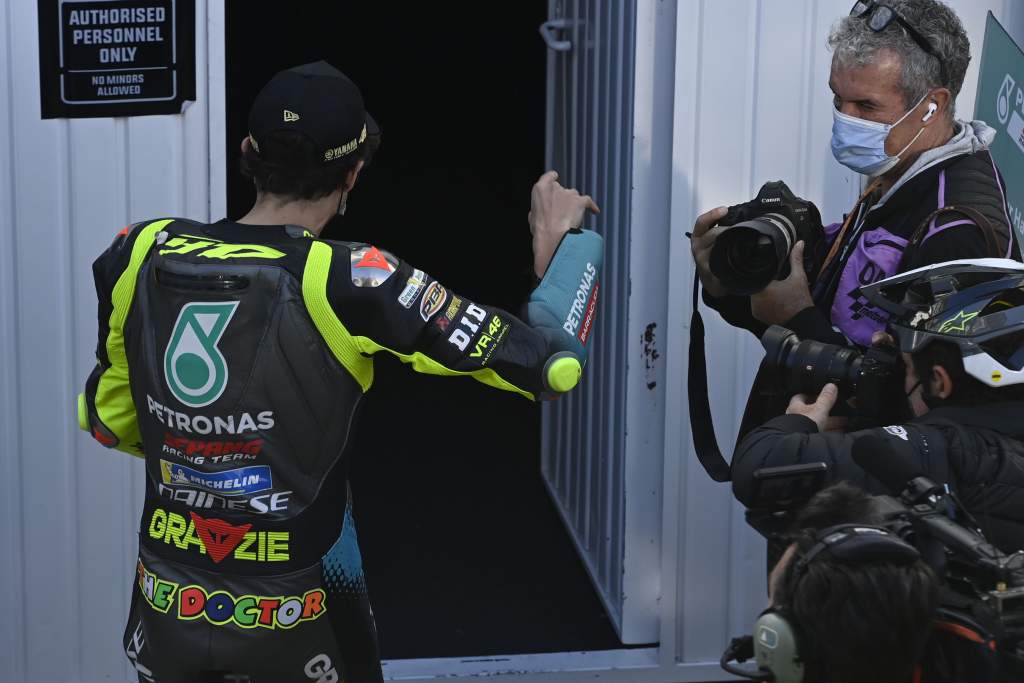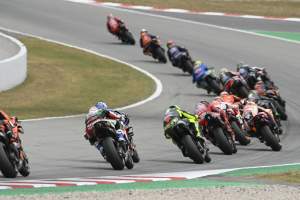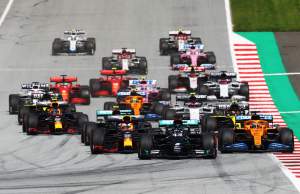Before getting into the relative merits of MotoGP’s new docuseries, it is particularly important to accentuate one particular point – that MotoGP Unlimited almost certainly doesn’t happen, and definitively doesn’t end up the way it is, without the success of Netflix’s Formula 1 Drive to Survive series.
The people behind MotoGP Unlimited have had no issue citing it as a primary influence and anyone even vaguely familiar with Drive to Survive will only need the briefest of introductions to Unlimited to recognise that the Prime Video series wears its inspiration on its sleeve.
In other words, Drive to Survive’s auteurs Box to Box Films surely deserve a lion’s share of credit for how MotoGP Unlimited turned out. Thankfully, there is so, so much credit to go around.
After viewing a review copy of the entirety of the debut season of the series ahead of its full release next week, it is my pleasure to confirm the feeling my colleague Simon Patterson was left with after getting his first taste of Unlimited during its initial two-episode premiere.
MotoGP Unlimited is a roaring success, and a prime example of the student becoming the master. While the fourth season of Drive to Survive could yet rebalance the scales, as it stands, of the two ‘grand prix’ motorsport series, MotoGP has the superior reality show-documentary offering.
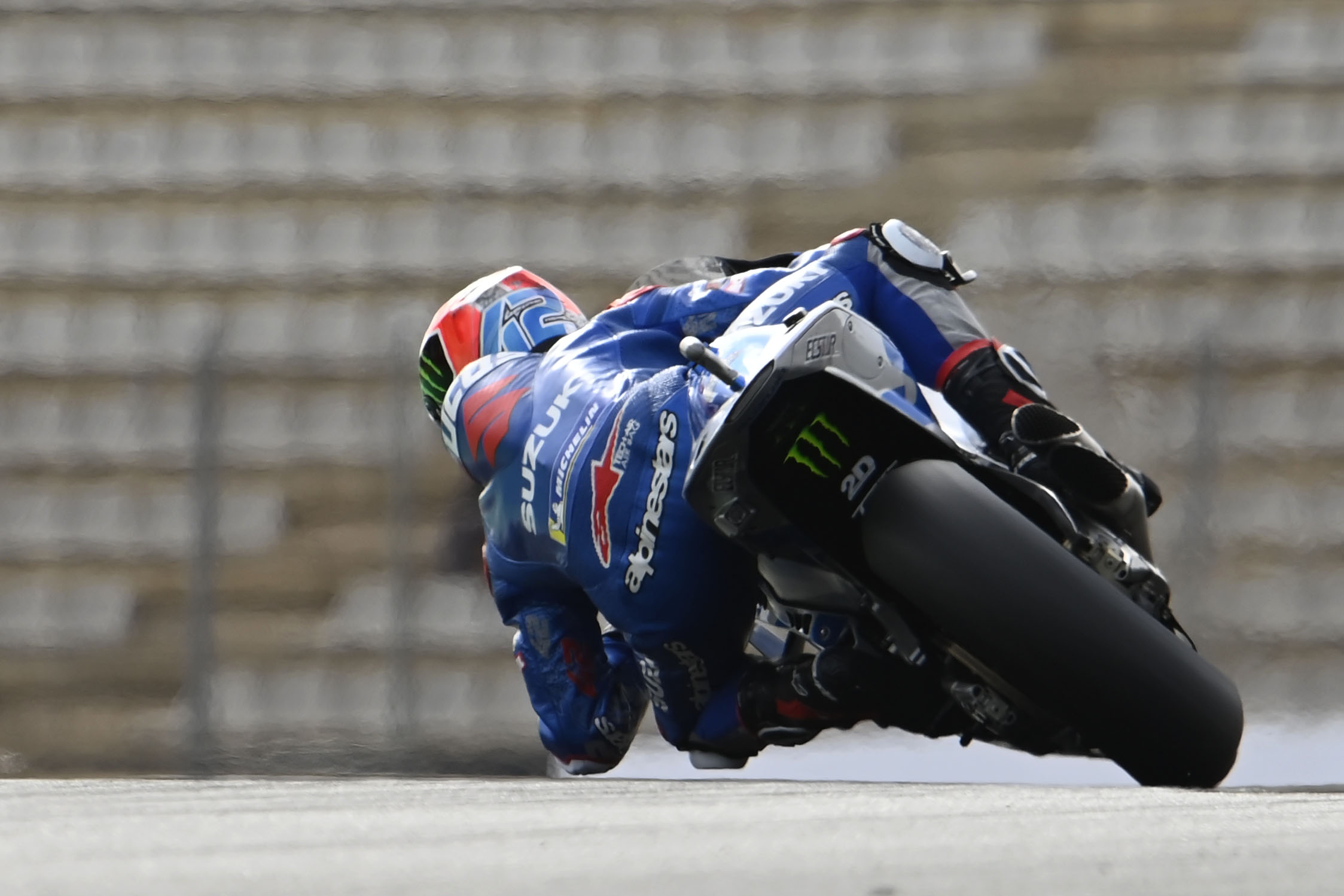
A big part of that is down to the difference in philosophies between the two shows. While Drive to Survive is known for its TV show-like episode structure, with characters taking centre stage for fairly strictly defined storylines that dominate each given episode, MotoGP opts for a more conventional yet potentially harder approach.
The series is a lot more chronological, with each episode covering off a set of successive races.
This is a brave undertaking, as, for one, it creates the pressure to cram in the contents of exciting grands prix and stretch the events of relatively dull ones into a fairly similar timeframe.
For another, it requires casting a fairly wide net of consistent characters and swapping them in and out at a moment’s notice. If you pull it off, the reward is a more authentic, representative experience. If you fail, it risks either becoming a hard-to-follow mess or more akin to a relatively dry season review than something like a TV show, which is clearly more the target.
They pull it off – so deftly, so surprisingly, to where it leaves one wondering whether the production crew had a lot of camera crews to spread around (and left a lot of footage on the cutting room floor) or simply had really good foresight at who to follow during what weekend. It’s probably the latter, though you often get the feeling it’s both.
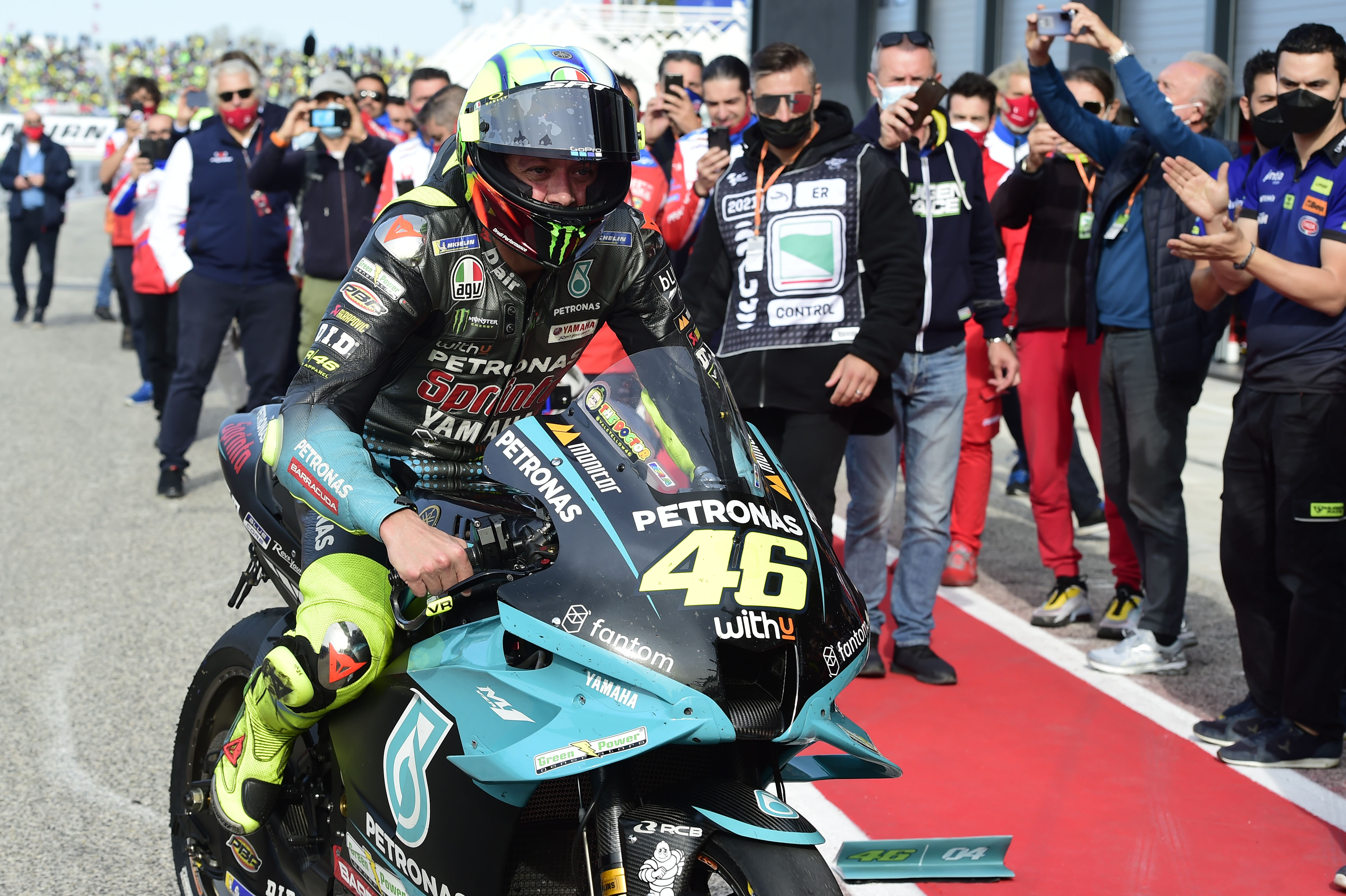
This is no season review so the central thread of the title fight often takes a backseat, but the biggest storylines and biggest events of the season all get their time in the limelight, either cleverly foreshadowed by well-secured pre-event access or smartly back-filled with post-factum interviews.
You want Valentino Rossi’s deflating season and retirement and his Petronas Yamaha season’s turbulent (and ultimately doomed) campaign? Plenty of that. Marc Marquez’s injury recovery? You got it. Jorge Martin’s injury recovery? You will get your fill. Maverick Vinales’ bombshell split with Yamaha and link-up with Aprilia? Oh yes. The only really major moment that I really picked up on missing is the fiery Dani Pedrosa/Lorenzo Savadori crash, which should tell you about how extensive the series’ retelling of 2021 is – although, of the season’s sometime frontrunners, some may also object to the likes of Johann Zarco and Enea Bastianini not getting much screentime.
Vinales’ saga takes up a significant chunk of the season and is a phenomenal asset to really kick the season into high gear after the show spends the first couple or so episodes properly finding its gear. A real highlight there is the Spaniard, forcibly sidelined after his Red Bull Ring meltdown, being recorded at a family dinner table as he watches the crazy Styrian Grand Prix unfold without him.
It is an absolute masterstroke in how to cover off that particular race.
The level of access is pretty impressive. As a striking example, there is a decent chunk of footage within MotoGP’s rather secretive race control from the very race where Fabio Quartararo rode around with his bare chest after disposing of the chest protector – a really impressive get, and one that suggests the championship allowed the production to have a decent level of editorial control.
The coverage of Jason Dupasquier’s death and its impact on the subsequent MotoGP race at Mugello also points in that direction, with riders’ comments that they felt in no condition to ride used plentifully – although the conclusion drawn and portrayed is that the riders were unsettled by the pre-race minute of silence, without the pertinent question of whether or not they should have been racing at all the day after Dupasquier’s passing really being tackled.
As for the question of insight, while there’s no shortage of fascinating ‘how the sausage is made’-type content, there is probably not an amazing amount of revelations for the really hardcore MotoGP fan when it comes to the teams and riders.
Most of what is in Unlimited tends to serve to reinforce existing perceptions about the 2021 season rather than break new ground, although there are a few really interesting quotes.
Many of those belong to various figures at Petronas Yamaha, with the team now reborn as RNF Racing deserving absolutely massive credit for allowing two very key, very sensitive meetings to be filmed for the doc.
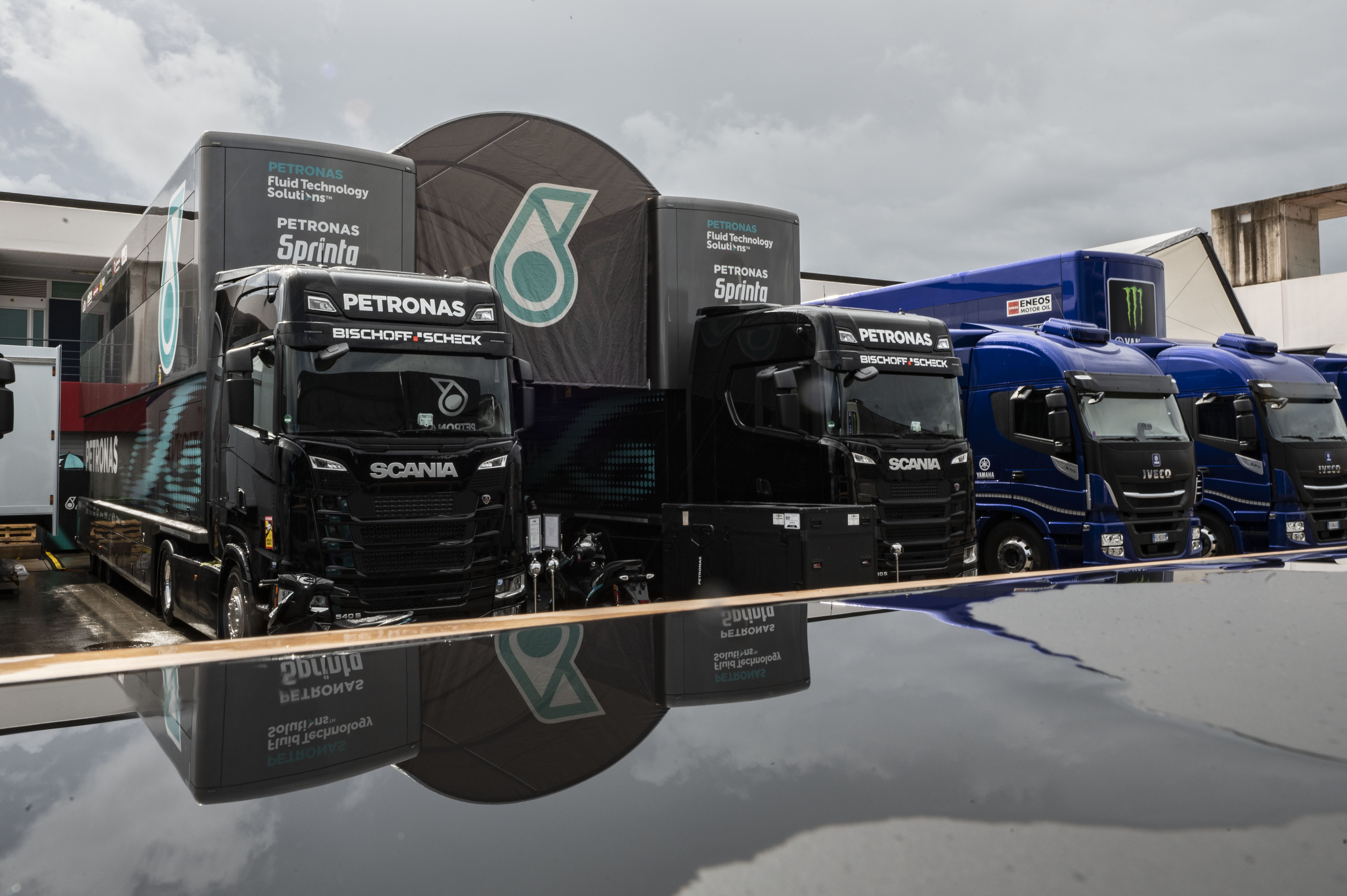
But the big trump card is the colour rather than the insight. The series is obviously beautiful, often touching, very frequently funny. There’s a fair share of family segments – often involving the riders’ kids or the pairs of brothers in the paddock – that never quite outstay their welcome.
There’s a lot of genuine rider rage intertwined with the persistently enjoyable banter. It also really helps that you feel like you can trust what you’re seeing – while Drive to Survive has had some infamous moments of creatively using and sequencing footage to make it fit its storylines, that kind of thing appears to be used very sparingly here. And the conflicts portrayed – well, you can take this MotoGP writer’s word for it, they clearly aren’t made up.
There are some teething troubles that may and probably will be ironed out by the time it’s released widely – the subtitles in the review copy are the only real glaring issue, not frequent enough and seemingly not accurate enough in a handful of instances. There’s also a not-inconsiderable helping of sports doc cliches sprinkled across the various episodes. But the overall execution, from the music to the moment-to-moment editing, is really quite impressive.
And now, for a dose of slight pessimism after the gushing above. For MotoGP Unlimited’s many, many virtues, it’s not that easy to see it replicating the impact Drive to Survive is associated with for F1.
A big part of that is the wonderful but risky decision to have most everyone speak their native language through the series – it is subtitle-heavy by necessity and this can, unfortunately, be off-putting. Making it multi-lingual has definitely made it better, for the key players are all able to express themselves to the fullest and with the confidence of how they’re coming across, but it can hurt the wide appeal.
And it’s not the only way in which the pursuit of authenticity may have hurt accessibility. It’s hard to tell from a MotoGP journalist’s standpoints, but with the amount of talking heads and viewpoints and seemingly assumed knowledge at play, it might occasionally be a daunting watch to those completely new to the sport.
Let’s hope not, though, because there is something special here – and MotoGP deserves to benefit from it, not just because it’s a thoroughly entertaining championship but because it clearly went about this project the right way.
It is not perfect, also because the very best documentaries are never afraid of making their subjects look bad (see the gold standard sports doc of recent years, Netflix’s excellent Sunderland ‘Til I Die) and nobody really ever looks bad in MotoGP Unlimited.
As an artistic work, it could probably benefit from getting nastier, rawer, more difficult in future instalments. But, for a first attempt, it is an unqualified success.

